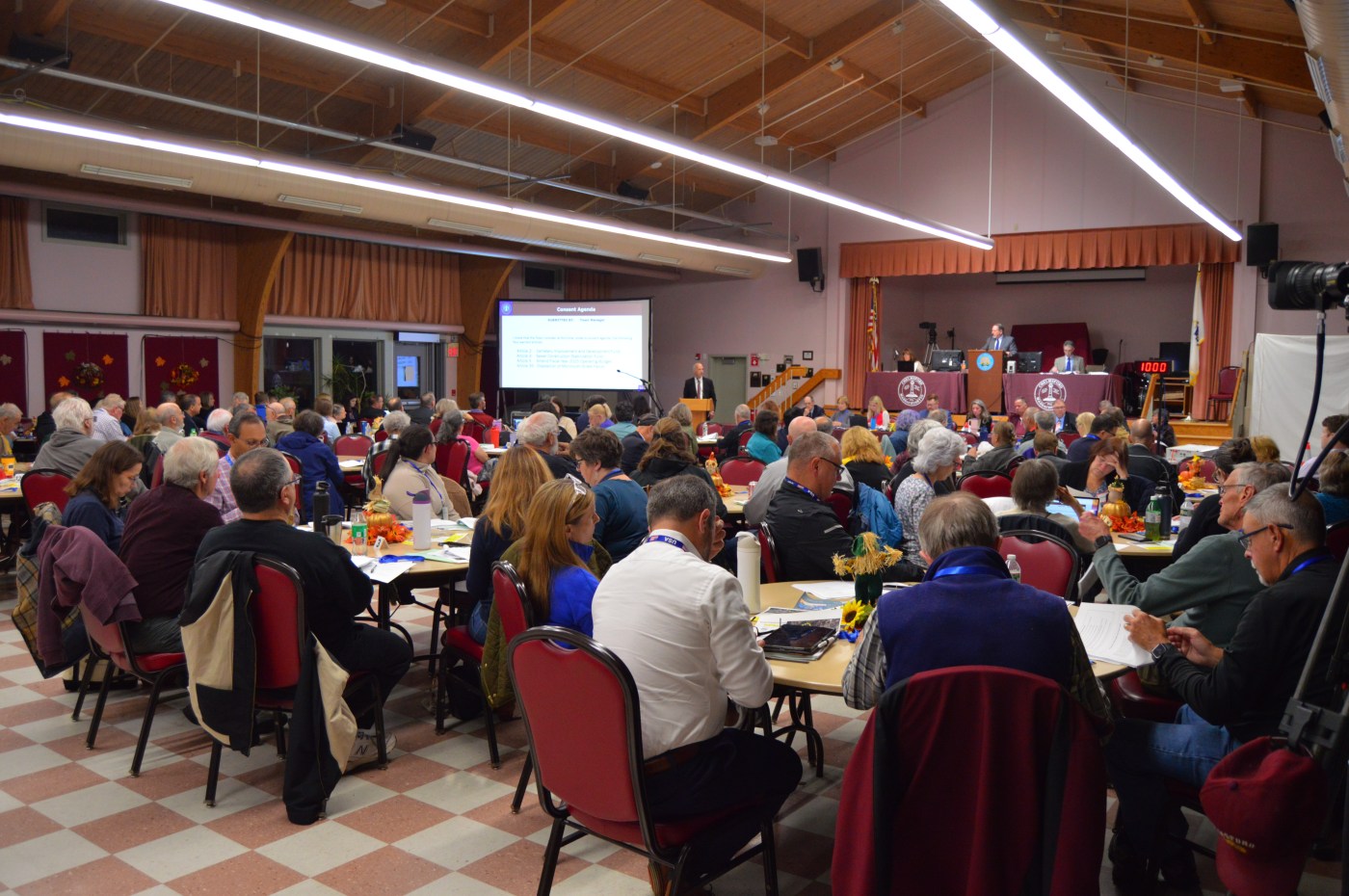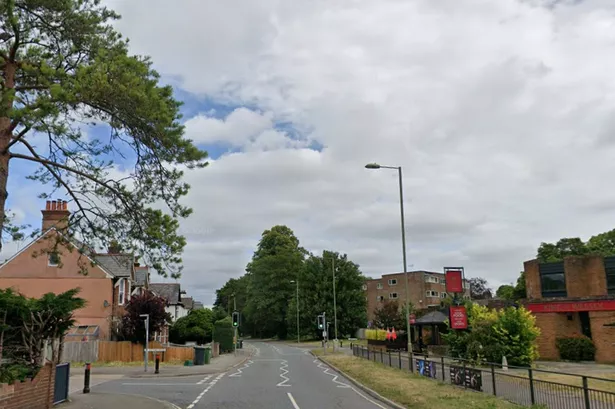UPDATE: Chelmsford’s Fall Town Meeting concluded last night with significant changes to zoning bylaws, marking a pivotal moment for local development. The session, held on November 2, 2023, was dominated by the establishment of a new Roadside Commercial Light District (CBLT), aimed at enhancing both residential and commercial areas.
The meeting kicked off with a crucial consent agenda that bundled 12 articles into one vote, presented by Chelmsford Planning Board Chair Chris Lavallee. The articles passed overwhelmingly, with a vote of 107-3, streamlining the process for future developments. Lavallee emphasized the importance of the CBLT zone, stating it will serve as a buffer between light industrial areas and residential neighborhoods, specifically around Kate’s Corner.
“If we approve all 11, and then vote down the 12th, all of that time on the first 11 will have been wasted,” Lavallee explained, underscoring the urgency of the vote to maximize efficiency during Town Meeting.
Article 27, which applies the newly created CBLT zoning to Kate’s Corner, also passed with a decisive 114-1 vote. Lavallee reassured residents that the existing Lockheed Martin facility would remain unaffected by the new zoning regulations, providing a safeguard against potential disruptive developments in the future.
“There are maybe one or two residents who are unhappy, but they understand it is more protective of their area than it is now,” Lavallee stated.
Following the zoning discussions, Article 29 was introduced to amend the town’s definition of “family” for compliance with the Fair Housing Act. The new definition allows for “one or more persons occupying a dwelling unit who share access to common living, cooking, and eating areas.” This article passed with an 88-22 vote, reflecting the community’s commitment to fair housing standards.
Town Meeting Representative Matthew Castle voiced his support, stating, “I don’t think it is the job of our town government to police who lives in the house with us.” His comments resonated with many attendees, highlighting the article’s human impact.
Article 30, which seeks to remove references to school impacts in special permit bylaws, also garnered attention. Despite passing with an 86-23 vote, some representatives expressed concerns about the implications for local education funding.
“As much as we want to, by law, we cannot consider the impact on schools,” Lavallee clarified, citing legal restrictions.
The Town Meeting’s decisions are critical in shaping Chelmsford’s future, balancing residential needs with commercial growth. Residents are encouraged to stay informed about ongoing developments as the Planning Board works on implementing these new bylaws. The outcome of the meeting marks a significant shift in Chelmsford’s zoning landscape, and community members are eager to see the positive changes unfold.
Stay tuned for further updates as Chelmsford navigates these important transitions.







